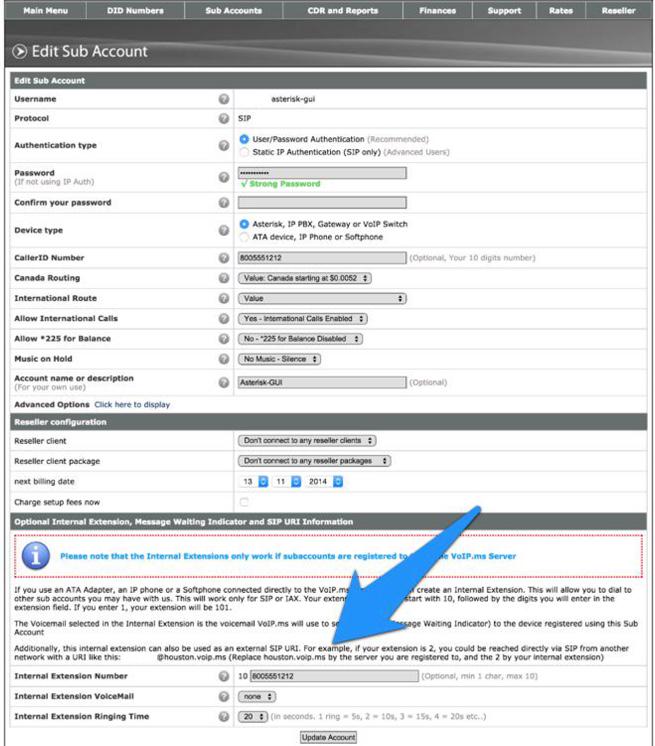Adding SIP URI Dialing to Asterisk for Free Worldwide Calling
Since giving up on Google Voice, we’ve been extolling the virtues of SIP URI dialing which gives you unlimited free calls to anyone else in the world that happens to have their own SIP URI address. SIP URIs look very much like email addresses except they’re used to share phone conversations instead of email messages. And, as we’ve mentioned previously, if everyone in the world had their own SIP URI, paying for phone calls would become a thing of the… Read More ›









 JUST RELEASED: Visit the Incredible PBX Wiki
JUST RELEASED: Visit the Incredible PBX Wiki
